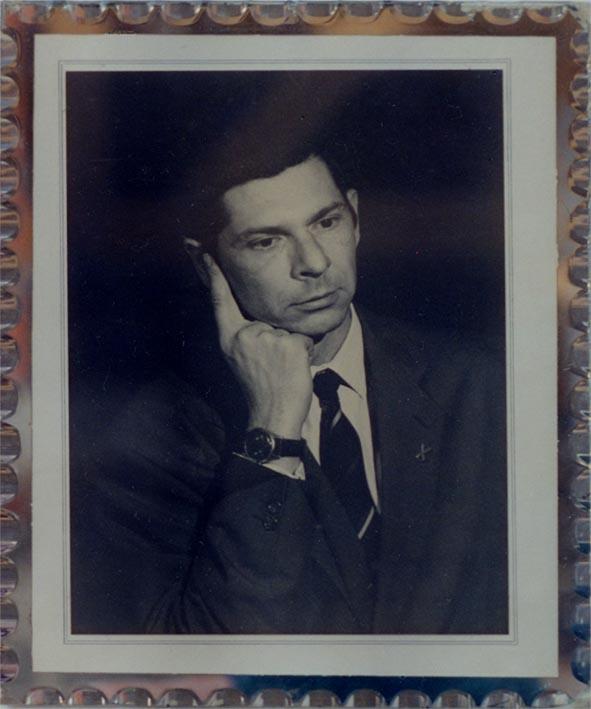Bruno Di Rosa
Born in 1960
Lives and works in Rennes

The artist and writer Bruno di Rosa is developing a praxis which essentially involves reading and writing. Much of his work consists in copying literary texts, Flaubert’s Madame Bovary, Joachim du Bellay’s Regrets… and carrying on the writing of them, recently Le Roman de la Rose. In copying these writers, Bruno di Rosa is in no way trying to do away with them, but rather, like a smuggler, showing that the near and the far do not separate authors, who are eternally connected by the thread of writing.
“I’ve always taken pleasure in seeing roadmen sweeping the street. The ones I prefer are those who walk along the pavement while, at the top of the street, a hydrant lets out a small stream which runs down the gutter. I am as if fascinated, gripped by the noise of the broom rubbing the wet asphalt; those box branches from another age dragged slowly and regularly through the water captivate me. I seem to be in perfect harmony with this gesture. Cleaning the street, pushing away the day before’s dirt to prepare for the day that’s just beginning, doing this work in a calm and nonchalant way, without any qualms, but doing it because we’re responsible for it.
Provided that there’s a sun resting on the horizon and that, little by little, the quivering of the wave sparkles, then the person raking his broom, ageless, becomes an employee of the gods, a go-between, between eternity and time.
Just like the roadman, the poet sweeps the street clean of yesterday’s rubbish, to him falls the task of preparing the day, making a clean place so that the children of the moment can play while their parents hasten to fulfil their duties.
It’s not a very gratifying job, but how necessary it is! And this work is even better done if it is done slowly, with detachment. Like the roadman, borne along by the rhythm of his gesture and by the scraping of his tool, the poet is a bit on the moon, his mind is in the clouds, and he looks at the earth and people with the affection of the absent one.”